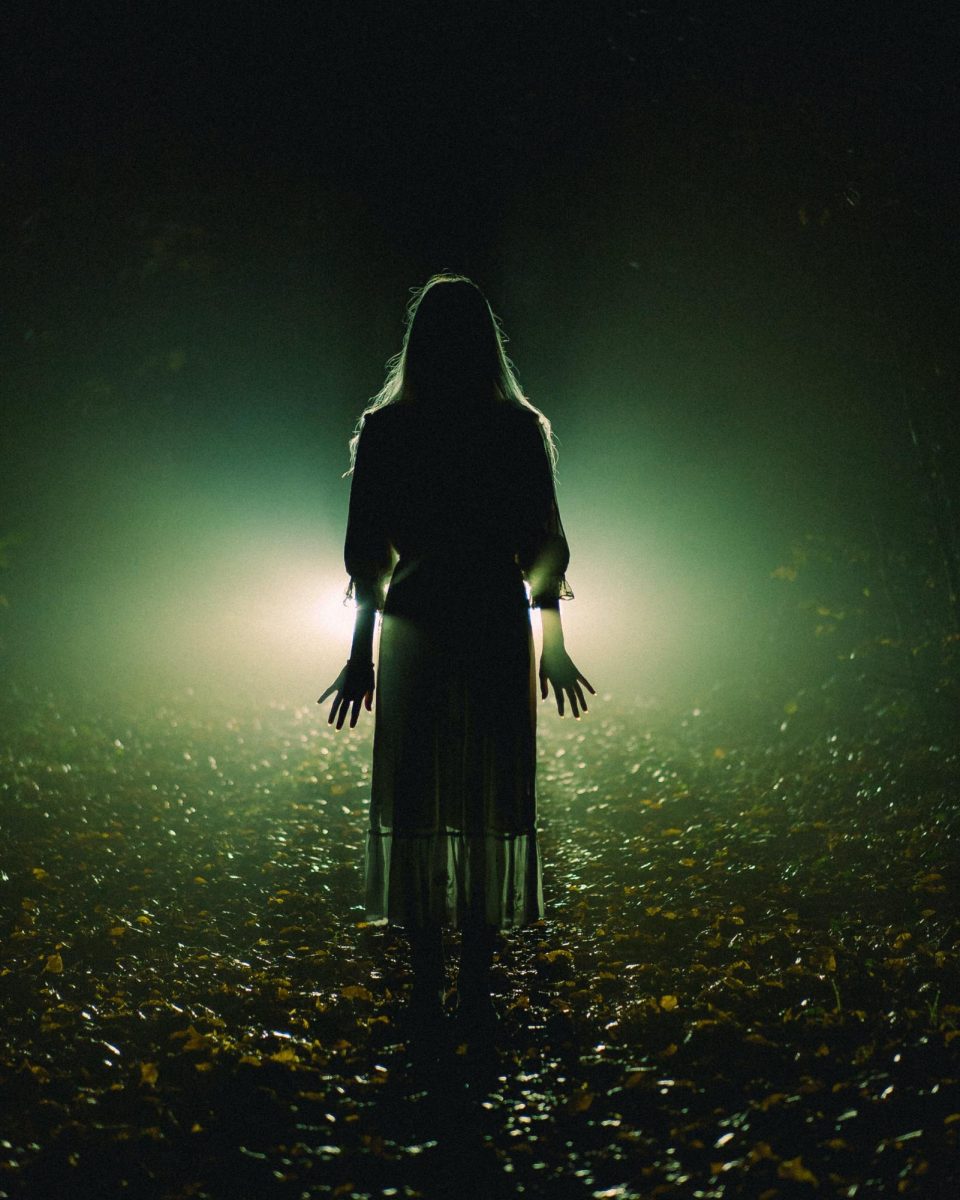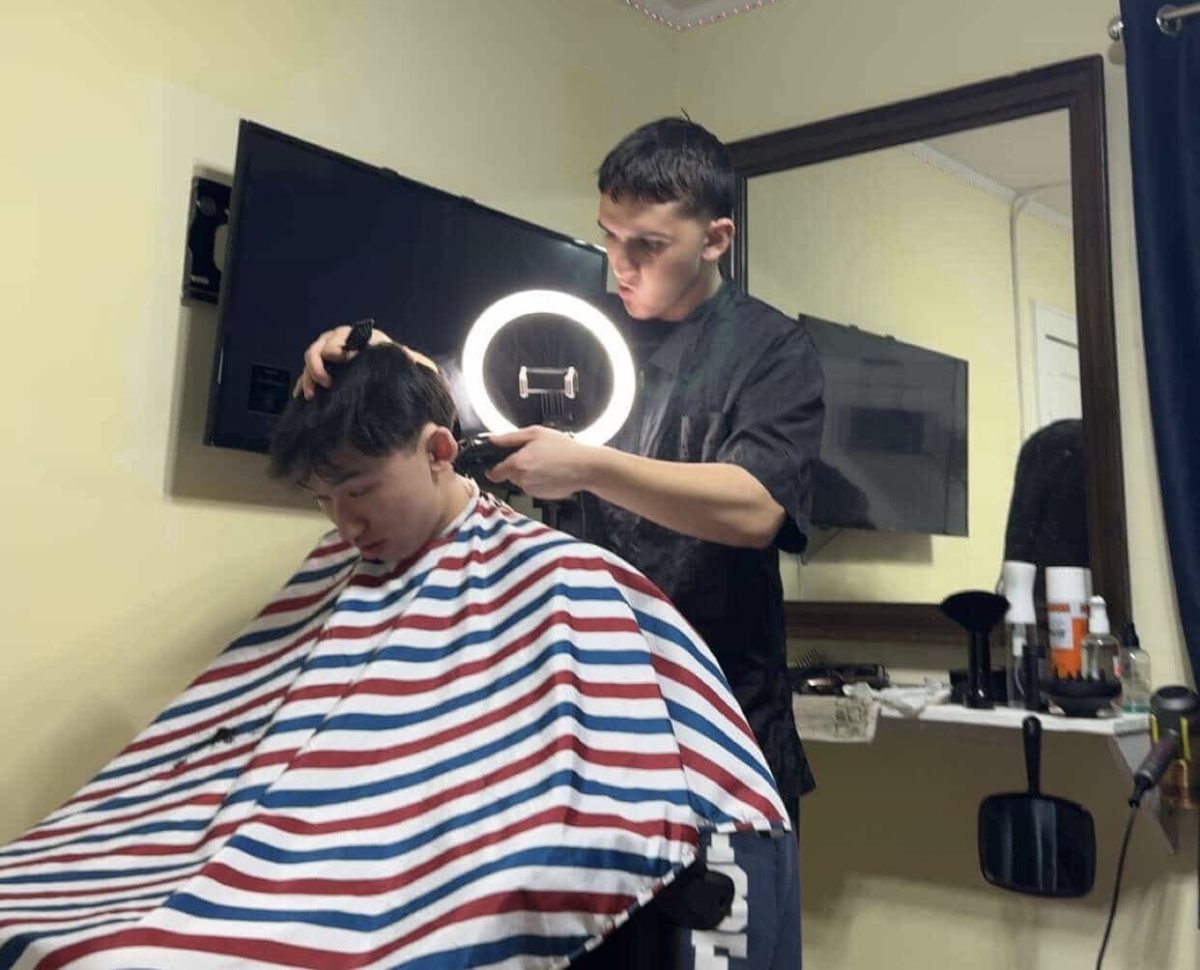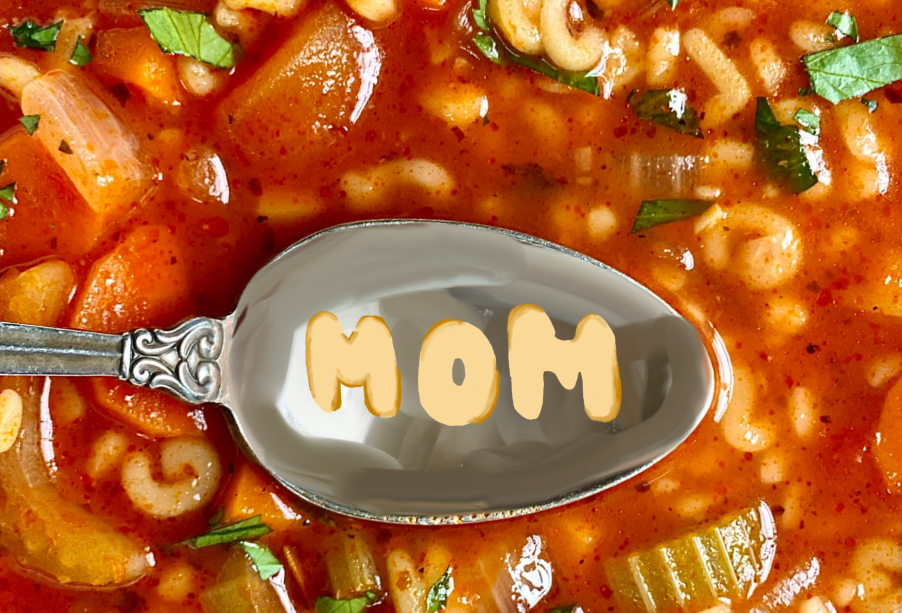You’re curled up on a couch, clutching a pillow close to your chest as the characters in the movie explore the haunted mansion. You gulp every time the old floorboards in the mansion creek. Suddenly, a dark, sinister voice speaks: “Welcome to your nightmare.” Your heart is racing and your palms are sweating; you want to turn off the TV and go watch a YouTube compilation of adorable kittens to alleviate the tension, but you can’t. You want to know what happens next.
People have been fascinated with the bloody, gory, and scary for centuries. Horror movies, true crime podcasts, and scary stories are just a few examples of the many ways people seek out fear and terror. But why do we enjoy being scared? Fear is an evolutionary adaptation triggered by a perceived threat. The brain becomes hyperalert, breathing intensifies, and heart rate and blood pressure rise. Despite these uncomfortable sensations, many people enjoy purposely provoking this survival mechanism. According to psychologist Chirvona Childs, PhD, the difference between genuine and purposeful fear is our perception of safety. An article published by the Cleveland Clinic specifies that our brains are hardwired to enjoy being scared. When we choose to participate in frightening activities, we’re manipulating our brains into a series of chemical reactions that make us feel good, such as dopamine.
Great Neck South junior Annie Yao loves watching horror movies from the seventies and eighties. “Part of the appeal [is] experiencing the tingling thrill of never knowing when something is going to jump out at you.”
Additionally, people are attracted to captivating stories. Effective storytelling continually increases the story’s tension and transports us into the characters’ world. When consuming disturbing, fictitious content, adrenaline gets released, but our brains register the fact that the events playing out are not real, thus causing a sense of euphoria. Yao said, “Horror movies like The Shining or A Nightmare on Elm Street give us a glimpse into a terrifying situation that we hope would never happen to us, but want to know about anyways.”
Our pleasure in morbidity doesn’t only apply to the fictional world. Think about when someone gets severely injured or sick in public. Most people don’t want to see another person in crisis, but oftentimes you can’t help yourself but to sneak a peek. According to the article How Stories Change the Brain the reason for this is because “[b]rain mechanisms engage saying there might be something valuable for you to learn.” This is one of many reasons people, particularly women, are fascinated with serial killers and true crime. Humans have a tendency to focus on things that threaten their well-being. Since women are a target for most violent crimes, psychologists such as Amanda Vicary believe that true crime coverage can be an outlet for information on dangerous people and behaviors to be aware of as well as self-defense strategies.
Of course, like everything else in life, too much of anything is no good. Constant consumption of scary and violent content can cause psychological distress such as triggering or worsening anxiety sensitivity. According to an article written by Healthline, “[a]nxiety sensitivity is the fear of the bodily sensations associated with anxiety and a misinterpretation of these sensations as being real threats.” Another “side effect” of overconsumption of disturbing media, especially if said media reports on real-life events, is the growing desensitization of violence and suffering. This can lead to decreased emotional reactions to violence in the future. For the most part, however, the intrigue in the scary, bloody, and gory are normal.
Yao states, “I like that it keeps you on your toes and is able to convey uncomfortable themes in a creative, outlandish way… I definitely think there’s something inherently compelling about the bloody and grotesque.”







